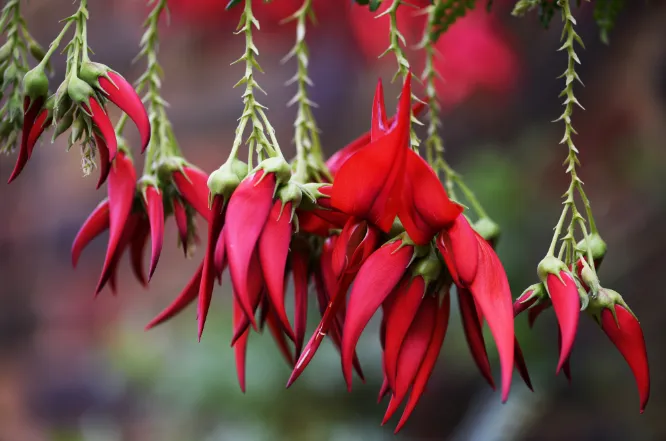For the first time, scientists from the Royal Botanic Gardens, Kew have used artificial intelligence (AI) to predict the extinction risk for every known flowering plant.
In earlier iterations of this research, scientists had predicted that 45 per cent of all flowering plants were threatened with extinction. Now, this data is publicly available with a full set of predictions for individual species.
This allows everyone, from garden designers choosing plants for RHS Chelsea Flower Show to beginners buying their first houseplant, to look up a species online and immediately see whether it is threatened with extinction in the wild and the threat level.
To find out a plant's risk of extinction status, people can head to Kew's Plants of the World website and type in a species. Once on the page, clicking through to General Information and opening up the Angiosperm Extinction Risk Prediction box will bring up the newly available information.

You may also like
Dr Steven Bachman, Research Leader in RBG Kew’s Conservation Assessment and Analysis team and author of the study, says: “We hope that these predictions can be used for people to apply to their own local biodiversity to find out if they’ve got a threatened species in their house, garden or local park that needs protecting. At a larger scale, our findings can be used by scientists to prioritise and accelerate extinction assessments for the plants we’ve identified as probably threatened but haven’t been officially assessed."

To come up with the predictions for all 328,565 known species of flowering plants in the world, scientists used the Bayesian Additive Regression Trees (BART) model trained on a dataset of more than 53,000 plants that had already been assessed on the International Union for Conservation of Nature (IUCN) Red List to determine the likely status of un-assessed species.
The full study was published today in New Phytologist.





